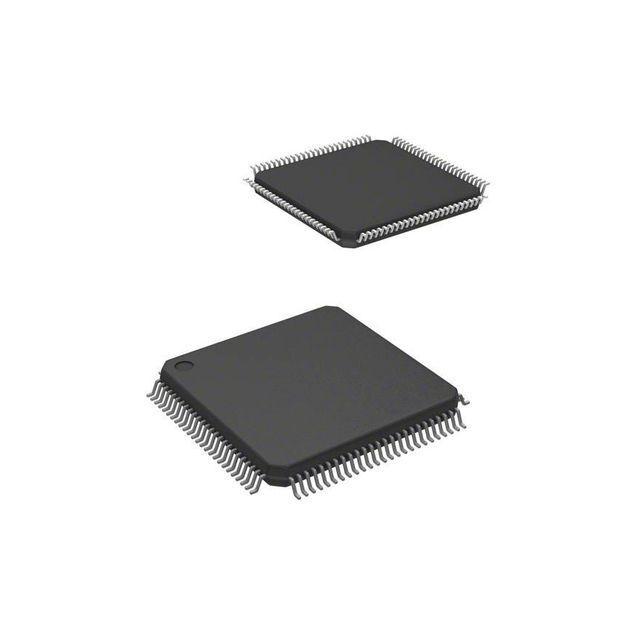Squeezed from both sides, will 16-bit MCU become “invisible”?
Dilemma and opportunity of 16-bit MCU: survival in the cracks
Industry insights under the two-way squeeze of 32-bit and 8-bit markets
I. Cost-effectiveness disadvantage: the squeeze effect at both ends is obvious
1. The "moat" of 8-bit MCU
Cost-sensitive applications: low-end home appliances, toys and other scenarios still rely on the low power consumption and low cost characteristics of 8-bit MCU.
Technological progress dividend: the processing power of modern 8-bit MCU has increased hundreds of times compared with the 1970s, and high-end models can replace some 16-bit applications.
Original factory layout: International giants such as Microchip and Silicon Labs continue to maintain 8-bit product lines to consolidate market share.
2. "Dimensionality reduction" of 32-bit MCU
Price drop: performance and power consumption are significantly optimized, such as ST's STM32C0 series, which is as low as US$0.21, directly impacting the 8-bit market.
Ecological advantages: ARM architecture and RISC-V open source ecology accelerate the popularization of 32-bit. Domestic manufacturers (GigaDevice, Lingdong Micro, etc.) benchmark imported products and seize the industrial, automotive and other fields.
2. Domestic chips aim at 32-bit MCU "in one step"
1. Dual drive of technology and market
Process progress: Semiconductor process iteration lowers the threshold of 32-bit MCU, and domestic manufacturers focus on it.
Intelligent demand: Home appliances, medical and other fields pursue functional upgrades, and 32-bit MCU provides future scalability.
2. Local market trends
ARM architecture-dominated: mature ecology accelerates R&D and promotion.
The rise of RISC-V: simple instruction set adapts to end-side AI, and open source features ensure supply chain security.
Strategic shift of international manufacturers: Texas Instruments and others gradually reduce 16-bit products and shift their focus to the 32-bit market.
3. 16-bit MCU opportunities: Focus on differentiation
1. "Defenders" in the stock market
Long-life equipment: Industrial sensors, medical equipment and other scenarios rely on stability.
Automotive powertrain: Some segments still retain 16-bit applications.
2. Differentiation breakthrough path
Performance and power balance: For example, the Renesas RL78/G15 series replaces 8-bit machines with 16-bit performance to solve the problem of insufficient peripherals.
Customization of segmented scenarios: Unique advantages in package size, power consumption control, etc.
Survival rules under intensified competition
In the two-way squeeze of 32-bit and 8-bit MCUs, 16-bit products need to survive with differentiated positioning and precise scenario coverage. In the future, the MCU market will continue to compete around "cost-effectiveness" and "ecology", and manufacturers need to deeply analyze demand and build competitive barriers with technological innovation.

Sign up to our newsletter
Receive our latest updates about our products & promotions
